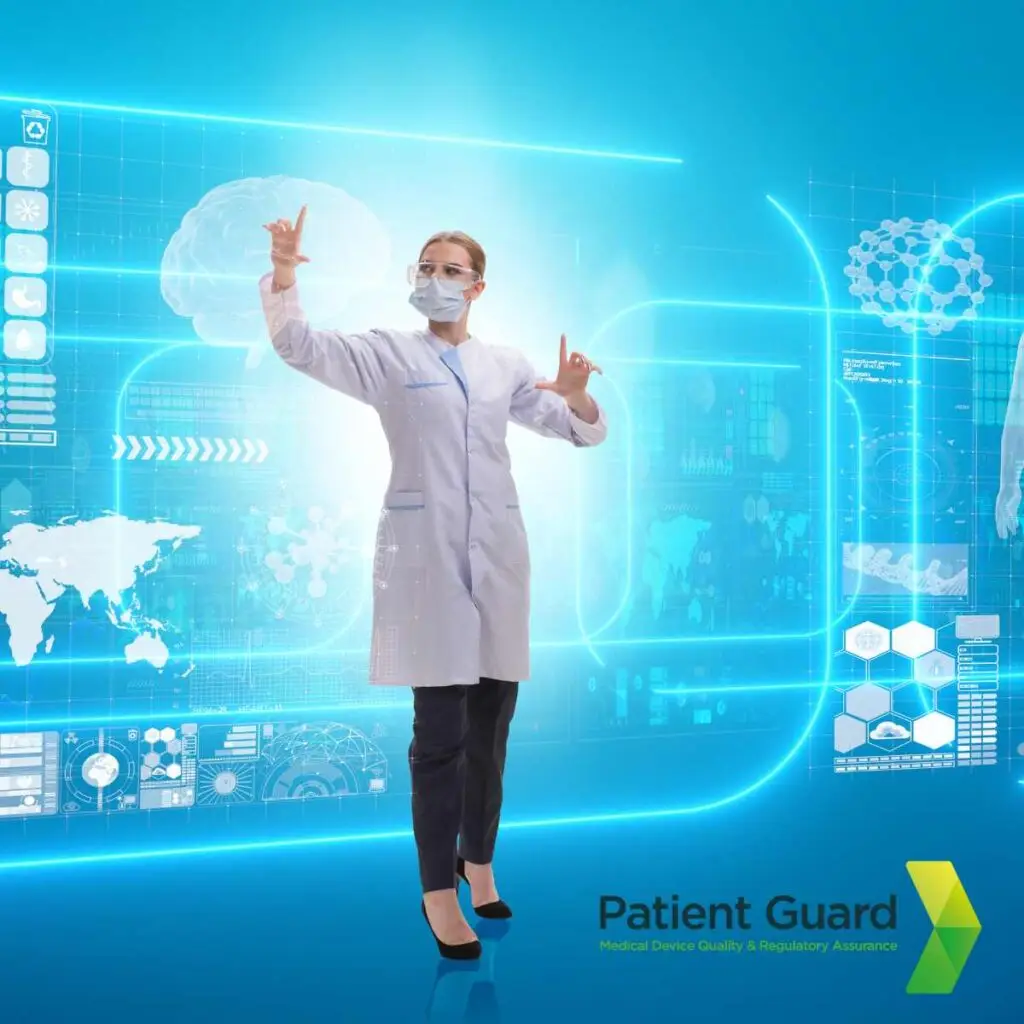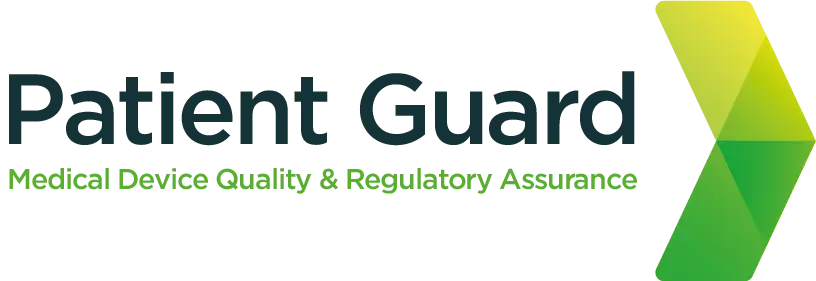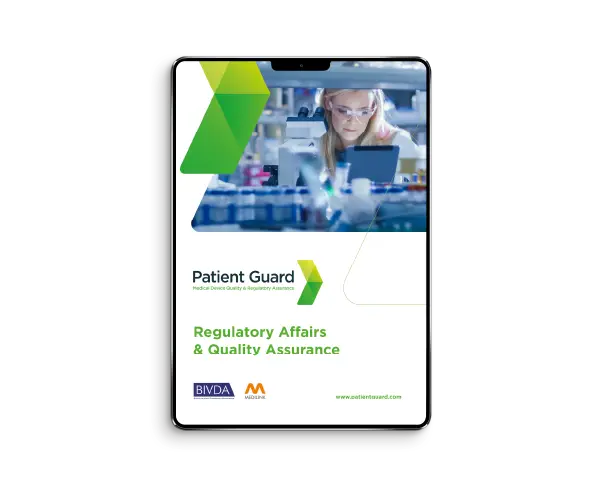Introduction
From remote surgeries to real-time patient monitoring, the potential of 5G in healthcare technology is limitless. In this blog, we explore how 5G is impacting medical devices, the key benefits of 5G in healthcare, and the regulatory challenges manufacturers must address to ensure compliance and safety.

How 5G is Transforming Medical Devices
The ultra-fast connectivity of 5G is enabling innovations that were previously limited by slower and less reliable networks. Here are some key ways 5G is revolutionizing medical devices:
1. Real-Time Remote Patient Monitoring
5G enables real-time data transmission from wearable medical devices like smartwatches, glucose monitors, and ECG patches. With low latency, healthcare professionals can track vital signs, detect irregularities, and respond to medical emergencies faster than ever.
2. Telemedicine and Virtual Healthcare
The demand for telemedicine is increasing, and 5G enhances video consultations, real-time diagnostics, and data sharing. This is especially valuable in rural areas where access to healthcare professionals is limited. Patients can receive instant medical attention without needing to visit a hospital.
3. Robotic Surgery and Telerobotics
With 5G’s near-instantaneous data transfer, surgeons can perform robot-assisted procedures with greater precision and responsiveness. This technology enables remote surgeries, allowing specialists to operate on patients from different locations worldwide.
4. Faster Medical Imaging and Diagnostics
Medical imaging devices such as MRI and CT scanners generate massive amounts of data. 5G speeds up data transmission and processing, allowing for faster diagnoses and more effective treatment planning.
5. Smart Hospitals and IoT-Enabled Medical Devices
Hospitals are integrating Internet of Things (IoT) technology with 5G connectivity to improve workflows. Smart medical devices such as infusion pumps, ventilators, and smart beds communicate seamlessly, reducing errors and enhancing patient care.
Key Benefits of 5G in the Medical Device Industry
The introduction of 5G technology in healthcare offers significant advantages, improving efficiency, accuracy, and accessibility.
Faster Data Transmission: 5G improves data transfer speeds, enabling instant access to patient records, medical imaging, and real-time monitoring.
Lower Latency: Reducing delays is critical for time-sensitive medical procedures like robotic surgeries and emergency response systems.
Enhanced Reliability: A more stable, secure connection ensures consistent performance for connected medical devices.
Supports More Devices: 5G’s high bandwidth allows multiple medical devices to operate simultaneously, improving hospital efficiency.
Expands Access to Healthcare: With faster telehealth services, 5G improves healthcare access for remote and underserved communities.
Regulatory Considerations for 5G-Enabled Medical Devices
While 5G offers game-changing benefits, medical device manufacturers must comply with strict regulatory requirements to ensure safety and cybersecurity.
1. EU MDR and FDA Compliance
5G-enabled medical devices must meet the standards set by the European Medical Device Regulation (EU MDR) and the U.S. FDA. This includes ensuring device safety, performance validation, and clinical effectiveness.
2. Cybersecurity and Data Protection
Connected medical devices are at risk of cyberattacks. Manufacturers must implement strong encryption, secure authentication, and GDPR/HIPAA compliance to protect patient data.
3. Interoperability and Standardization
For seamless communication between medical devices, manufacturers must comply with interoperability standards such as HL7 and DICOM, ensuring efficient data exchange across healthcare networks.
4. Testing and Validation
Regulatory agencies require extensive testing to validate 5G-enabled devices. This includes network performance testing, cybersecurity risk assessments, and real-world simulations to ensure safe operation.
The Future of 5G in Medical Technology
As 5G adoption in healthcare continues to grow, the future holds exciting possibilities:
AI-Powered Predictive Healthcare: AI-driven predictive analytics combined with 5G could detect health conditions before they become critical.
Augmented Reality (AR) and Virtual Reality (VR) in Medicine: 5G-powered AR/VR training for surgeons and medical students will enhance skills development and education.
Advanced Smart Implants: Future 5G-connected implants could transmit real-time health data, allowing for personalized treatment adjustments.
How Patient Guard Can Help
Navigating the regulatory landscape for 5G-enabled medical devices can be complex. At Patient Guard, we specialize in helping manufacturers ensure compliance with EU MDR, FDA, and cybersecurity regulations. Our team provides expert guidance on technical documentation, risk assessment, and regulatory approvals, ensuring your device meets the highest safety standards.
FAQs
5G enables real-time data transmission from wearable medical devices, allowing healthcare professionals to track patient vitals instantly. This enhances early detection of health issues and allows for immediate intervention when necessary.
With increased connectivity comes greater cybersecurity risks. Medical devices must be equipped with strong encryption, secure authentication, and compliance with GDPR and HIPAA regulations to protect sensitive patient data.
Yes, 5G’s ultra-low latency allows surgeons to perform robotic-assisted remote surgeries with real-time precision. This can improve healthcare accessibility in remote or underserved areas where specialist surgeons are not available.
5G-enabled medical devices must comply with EU MDR and FDA regulations, ensuring safety, performance validation, and data security. Compliance with interoperability standards such as HL7 and DICOM is also required for seamless healthcare integration.
Summary
5G technology is revolutionizing healthcare, offering faster, more reliable, and efficient solutions for medical devices. From remote patient monitoring to robotic surgeries, the impact of 5G on healthcare innovation is profound. However, manufacturers must ensure compliance with regulatory standards to bring safe, effective devices to market.
If you need assistance with regulatory approval for 5G-enabled medical devices, contact Patient Guard today!




